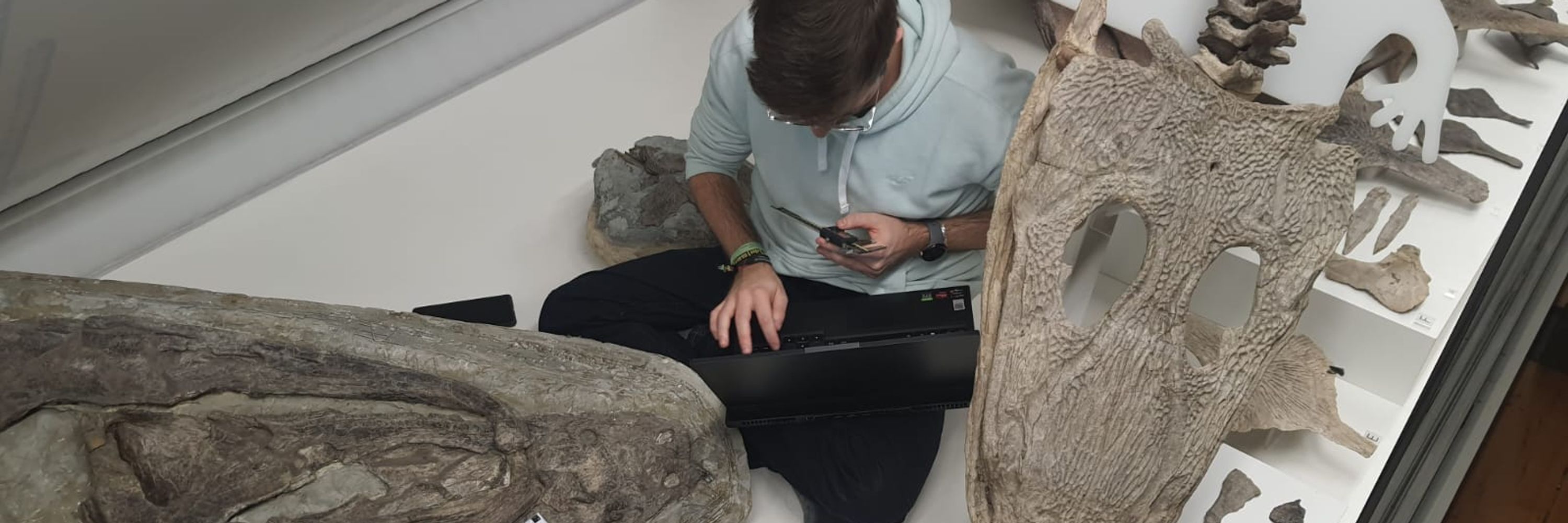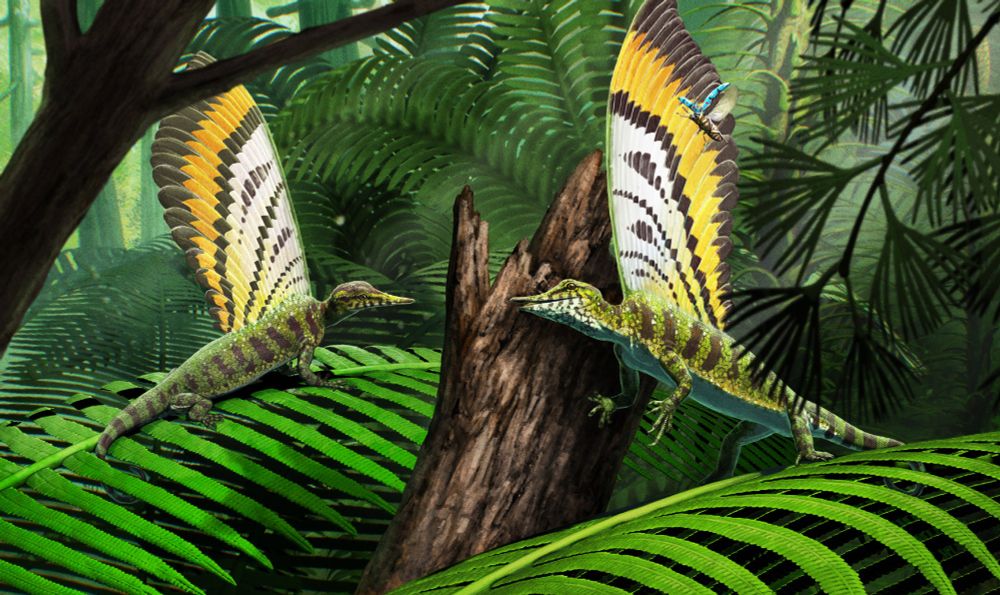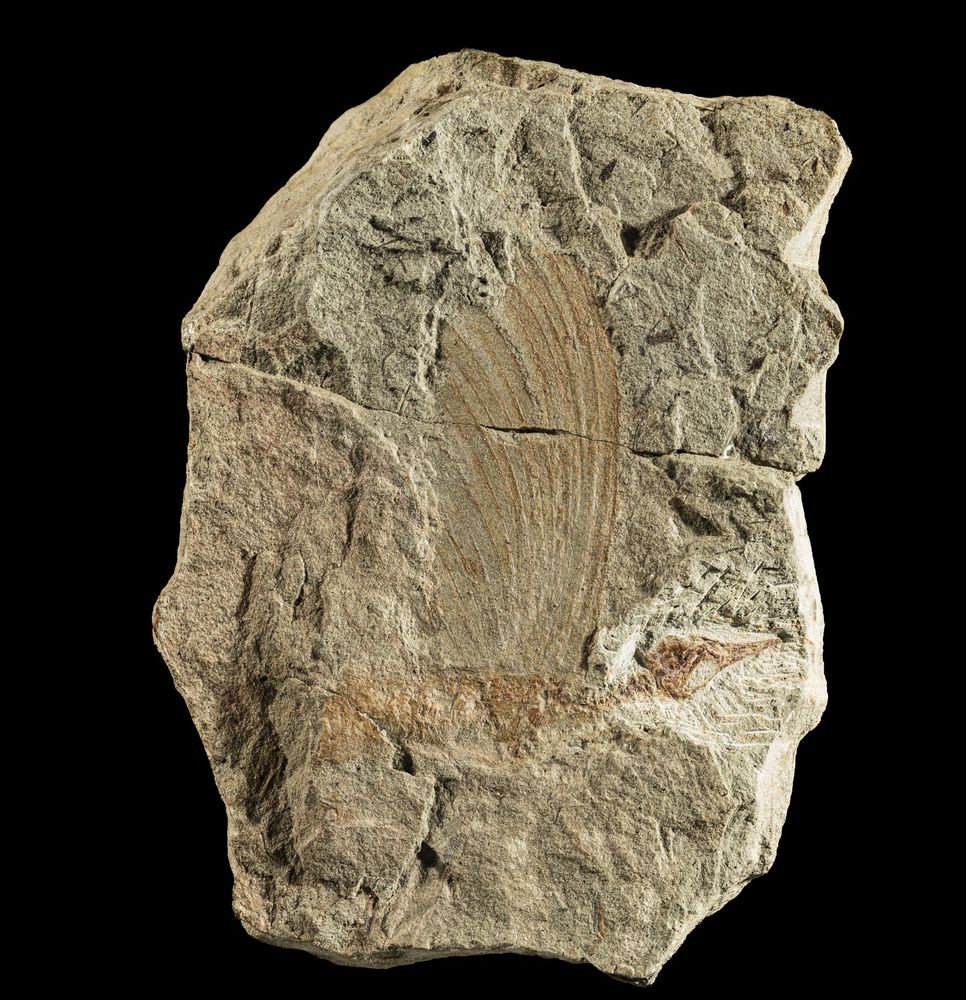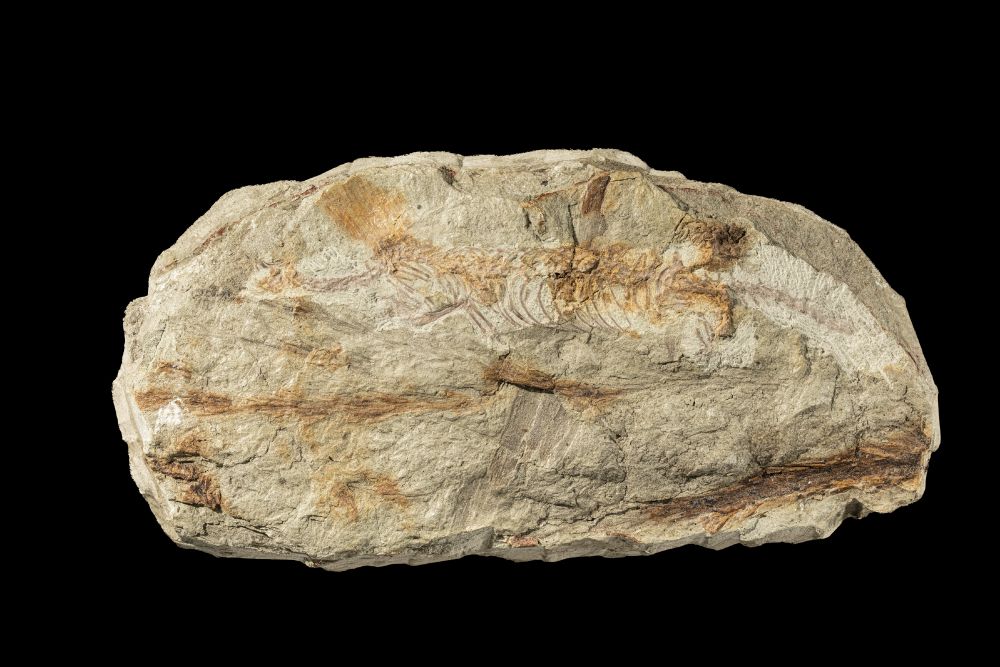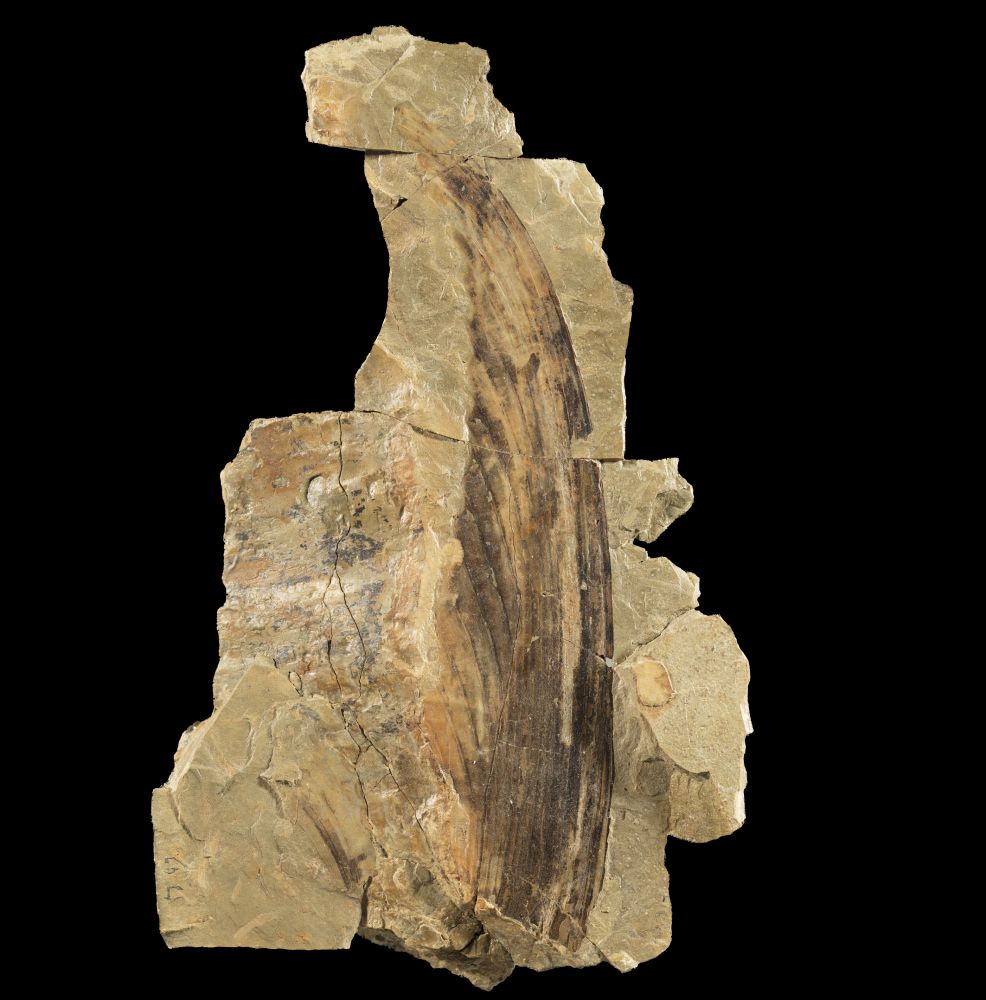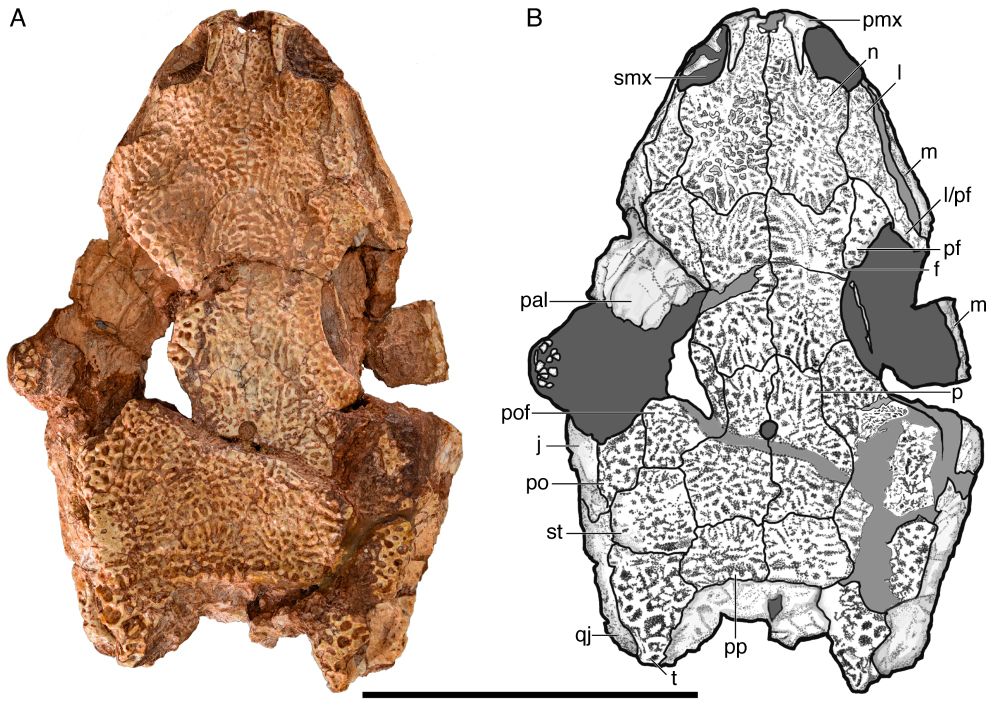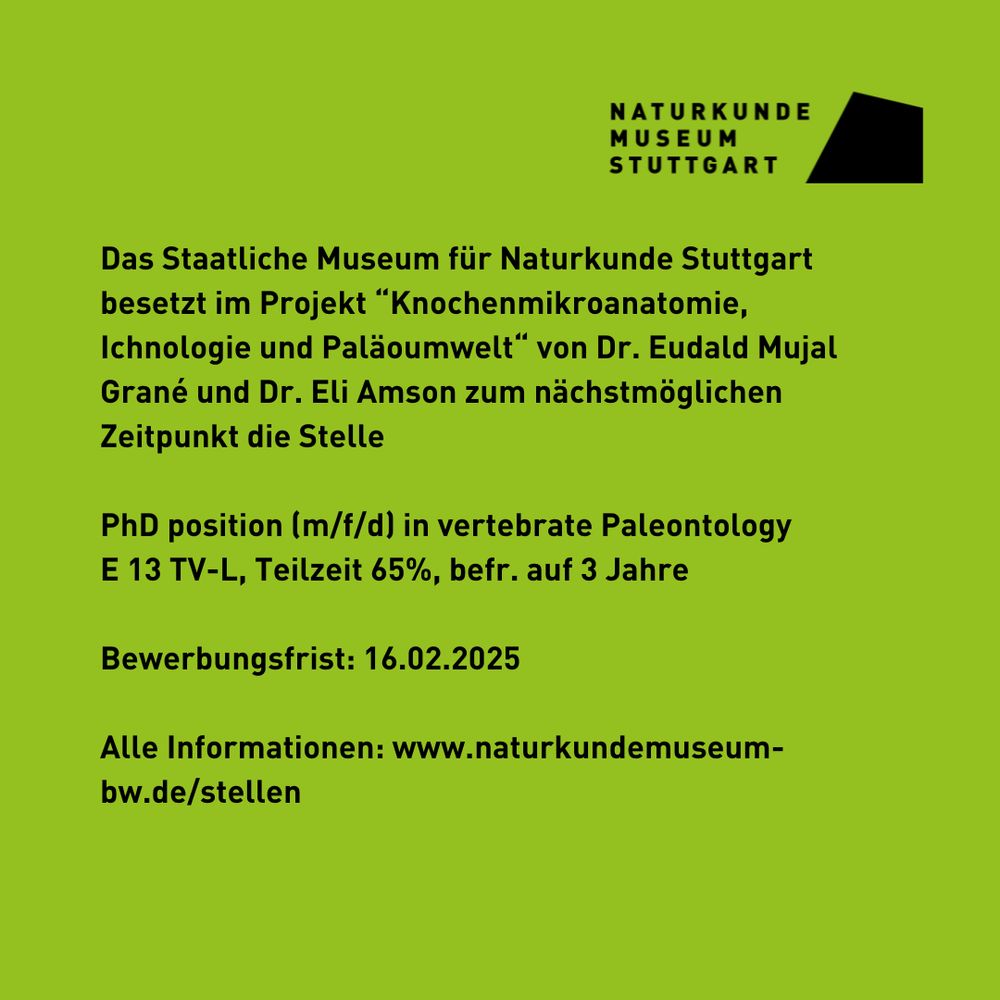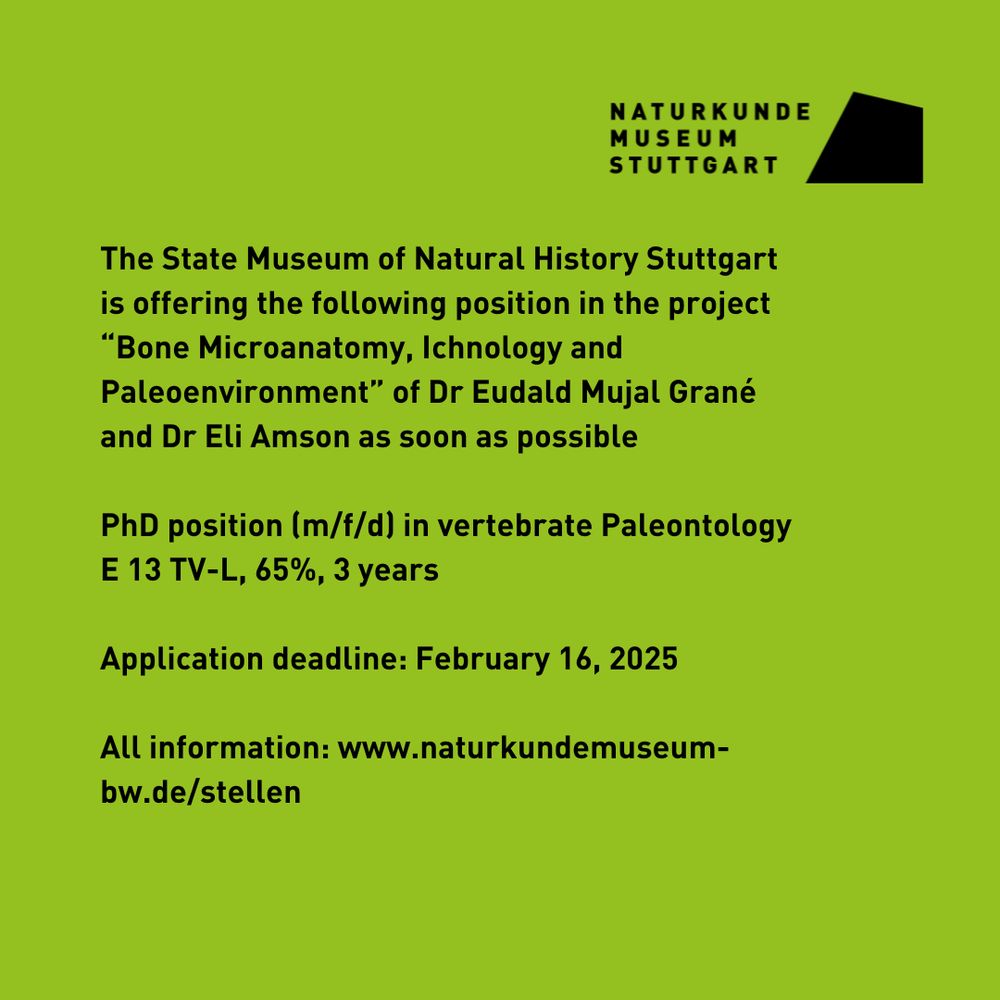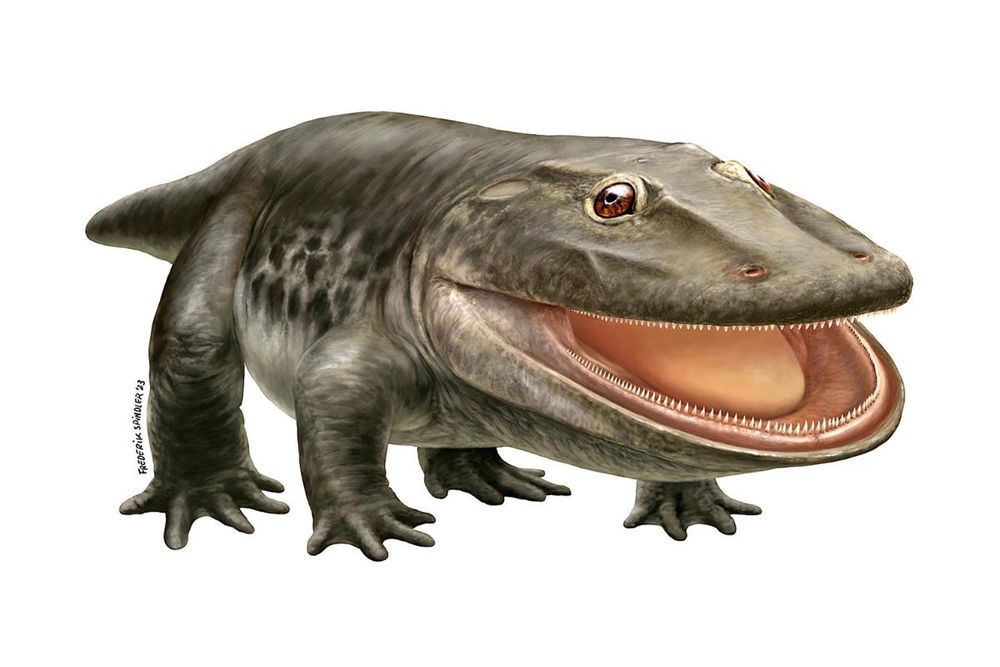Raphael Moreno
@stereospondyl.bsky.social
95 followers
180 following
7 posts
PhD student working on temnospondyl biogeography and ecology @ SMNS
https://raphamoreno.github.io/
Posts
Media
Videos
Starter Packs
Reposted by Raphael Moreno
Reposted by Raphael Moreno
Reposted by Raphael Moreno
Reposted by Raphael Moreno
Reposted by Raphael Moreno
Reposted by Raphael Moreno
Reposted by Raphael Moreno
Reposted by Raphael Moreno
Reposted by Raphael Moreno
Reposted by Raphael Moreno
Reposted by Raphael Moreno
Reposted by Raphael Moreno
Reposted by Raphael Moreno
Reposted by Raphael Moreno
c0nc0rdance
@c0nc0rdance.bsky.social
· Jan 10
Reposted by Raphael Moreno
Reposted by Raphael Moreno
Reposted by Raphael Moreno
Reposted by Raphael Moreno
Reposted by Raphael Moreno
Raphael Moreno
@stereospondyl.bsky.social
· Dec 30

Growing giants: ontogeny and life history of the temnospondyl Mastodonsaurus giganteus (Stereospondyli) from the Middle Triassic of Germany
The Middle Triassic capitosaur Mastodonsaurus giganteus was the largest temnospondyl and the dominating aquatic predator in many European freshwater to brackish ecosystems. It is represented by numero...
fr.pensoft.net
Raphael Moreno
@stereospondyl.bsky.social
· Dec 30

Unexpected temnospondyl diversity in the early Carnian Grabfeld Formation (Germany) and the palaeogeography of metoposaurids
The Middle–Late Triassic Grabfeld Formation formed in a generally arid, hostile setting with frequent evaporation under alternating sabkha and playa conditions. Here we report evidence of four temnosp...
fr.pensoft.net
